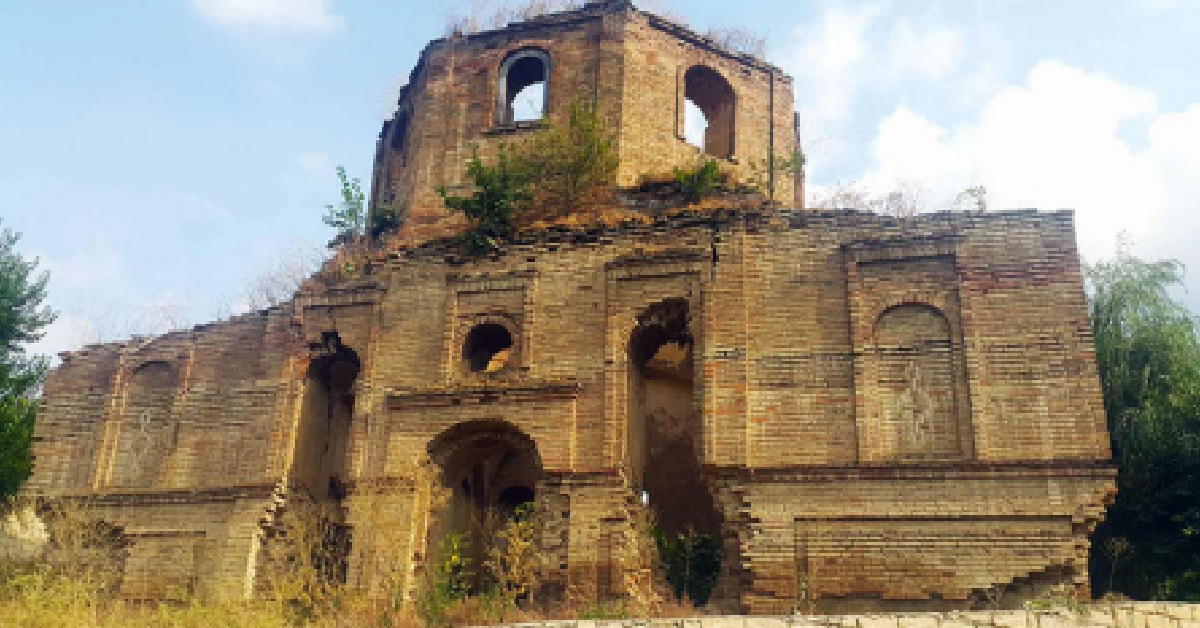2025
2025
2025-03-05

Quba, a city in the Baku governorate, had a significant Armenian population, and was the third largest after Baku and Shamakhi. In 1873, out of the city’s 11,324 residents, 62 were Armenians.[1] According to the 1886 family registers, out of 13,917 residents, 833 were Armenians[2], and according to1897 census data, out of 15,363 residents, 807 were Armenians.
In 1873, the city had two churches: the Armenian Holy Mother of God Church and a Russian church. The Armenian church was built in 1856 with the financial support of Stepanos Andreasyan-Lazaryan from Tiflis. In the mid-19th century, the Armenian population in Quba was very small, consisting of only two or three families. However, the region’s abundant harvests and profitable trade opportunities attracted interest among impoverished communities, leading to an influx of Armenian migrants, primarily from Karabakh and Shamakhi.
Anton Melik-Dadayants, a correspondent for the Mshak newspaper, noted that due to this migration, the Armenian church, served by two priests, had become too small for the growing Armenian community, creating a need for a new church.[3] The city also had three Armenian schools—one for boys, one for girls, and a theological school.
Anton Melik-Dadayants wrote that the Armenian youth of Quba, inspired by the success of the Armenian theater in Derbent, planned to form a theater group and stage performances. The proceeds from these performances were intended to fund the opening of a reading room, which would bring great joy to the Armenian community.
In the mid-19th century, two Armenian villages existed in the Quba district: Kilvar and New Khachmas. Kilvar was an exclusively Armenian-populated village with 513 Armenian Apostolic residents and had the Church of St. Grigoris.
In Nor Khachmas, out of 236 residents, 168 were Armenian Apostolic, while 68 were Sunni Tatars. The village had both a church, the Holy Mother of God, and a mosque.[4] Both villages also had parish schools. By the late 19th century, the district had another Armenian-populated village, Qarajali.
Unfortunately, the positive developments, promising initiatives and events in the lives of the region’s Armenian population from the mid-19th century halted a few decades later. In May 1918, as a result of the anti-Armenian policies of the newly established Azerbaijan Democratic Republic, the Armenian population of the region was either massacred or forced to leave, while Armenian cultural heritage was destroyed.
[1] Collection of Information about the Caucasus, Vol. 5. Lists of populated areas of the Caucasian Region. Part 1: Provinces of Erivan, Kutais, Baku, and Stavropol, and the Terek Region. Edited by the Chief Editor of the Caucasian Statistical Committee, N. Zeidlitz. Tiflis, 1879.
[2] Summary of Statistical Data on the Population of the Transcaucasian Region, extracted from the 1886 Family Lists, Tiflis, Printing House of I. Martirosyants, 1893.
[3] Mshak, Tiflis, March 29, 1873, No. 12.
[4] Collection of Information about the Caucasus, Vol. 5. Lists of populated areas of the Caucasian Region. Part 1: Provinces of Erivan, Kutais, Baku, and Stavropol, and the Terek Region. Edited by the Chief Editor of the Caucasian Statistical Committee, N. Zeidlitz. Tiflis, 1879.